DIY Bat Control Guide
Hi my name is Brendan Mangnitz, I have been in the Nuisance Wildlife Removal industry now for nearly 6 years since I graduated from College at UF with a background in Entomology and Wildlife Biology. I have seen and controlled just about any wildlife issue you may think of living and growing up in Florida. I have dealt with Bats in apartments complex, Bat removal from inside the home, Bats in the Attic, Bats flying into people's cars, Bats in Pools, Bats stuck in Chimneys, and the list goes on and on. I have used several different control and removal methods for bats and that’s what I want to share with you guys on our website here at CenturianWildlife.com

The first topic to address, is why are we having this problem with bats at our home or in our attic? Well the answer is actually a lot simpler than you would think, they were here before we were. Bats are wildlife animals, they are used to living around trees, forest, bushes, shrubs etc. But as we have populated and continued to grow we have moved into their setting. We have taken away the bat’s natural setting and replaced it with homes, HOA’s, Apartment complexes, Malls, just regular growth and construction. Well by doing this we have created a hand full of OPTIMAL settings for Bats and nuisance wildlife. As humans we create garbage, mess, waste, all of this creates additional food for Bats. So now you take their natural setting of a forest, replace it with homes, and then add food. Well what do you think the bats are going to do? THRIVE! And that is what they are doing we are providing the bats with an abundant amount of food, our trash, and we are desensitizing them, meaning they no longer have to hunt and be resourceful to eat and stay alive, but just the opposite. All they have to do is knock our trash can over and buffet!
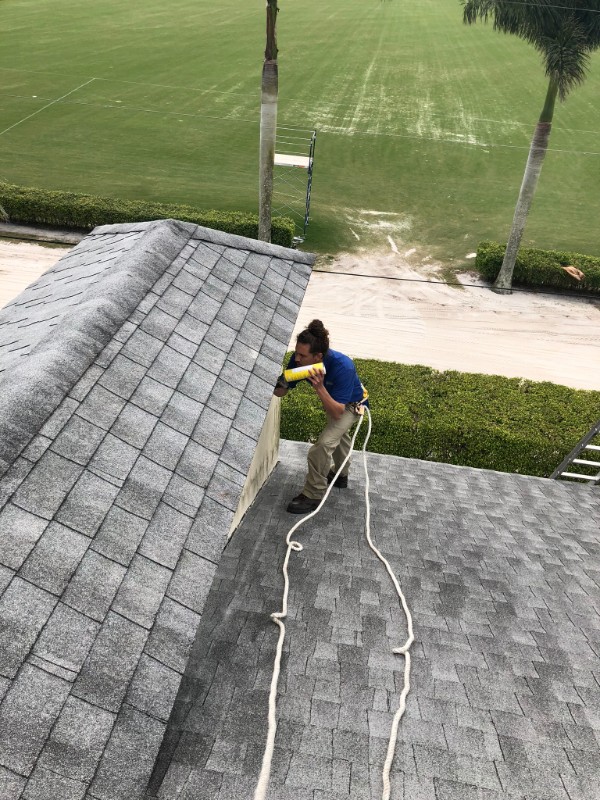
Well now let’s talk about why the bats are getting into your attic. It’s simple, the attic is a PERFECT place for the bats to create a shelter. It’s hot, it’s nice and comfy with the insulation, there are no outside elements like rain or wind so they are protected, and best of all, there are no predators or enemies. If I was a bat I sure would rather live in an attic then a tree! So, you take the perfect conditions of your attic as a shelter, then you add the insects around your home as a food source, and you just gave the bat all the things that they want to live. Why would they ever want to leave your residence? Free Rent, Free food, Cozy bed, and that’s why you have Bats in your attic or flying around your home.
How to fix your bat problem and how to remove the Bats in 10 or less simple steps:
1st step is to Identify that you do indeed have the problem. Are you hearing REALLY really loud noises that almost sound like chirping in the attic? Is there a strong odor coming from the ceiling or attic areas? Do you notice an awful smell with the air conditioner turns on? Well if you have the tell-tale signs of a bat infestation then keep reading. What I normally like to do and tell my customers when they suspect that they are dealing with a nuisance bat is document it. So, make sure it is a Bat, since all animals’ removal method is different.
Check the property and roofline, Do you see feces on the walls? Bat Poop is called Guano, and it looks similar to rat poop but you will generally see it stuck to the walls. Are you seeing Bat poop like this in your yard, stuck to the side of your house or in/around your pool? Are you seeing Bat grease marks, these are the marks their dirty body leaves on our clean white walls, on the soffit, on the roof, or leading to the attic?
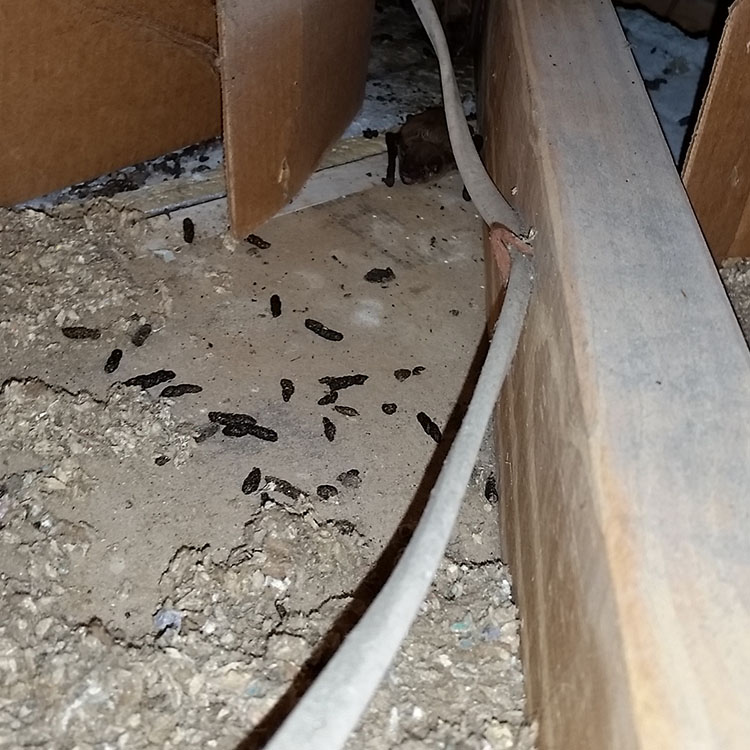
Confirm the activity on the exterior is indeed Bats, but if you are not sure then the next step that you are going to want to take is to see if they have made it into the attic or not. You will not always hear bats in the attic. They can be agile, they can be quiet, and bats in the attic are not always loud. So, what you are going to want to do is get into the attic and perform and inspection. Any time you think that you have animals in the attic, especially bats in the attic, you want to be 100% careful and safe. If you do not feel safe or do not want to take the chance call me, or any of the wildlife control experts that we recommend on our locations pages, and I or them can talk to you over the phone and even do an inspection for you or send you one of my inspectors to help out. I recommend hiring a bat removal specialist for safety reasons, but if you do want to do the inspection then continue reading!
Anytime that you enter an attic for bats there are a few things that you need to keep in mind. Bats are dangerous, THEY FLY, they can have rabies, they are territorial, they are nasty and have tons of bacteria, so you want to make sure you are prepared. Bat feces is one of the most Bacteria infested feces that we deal with on the regular so you will want to make sure you wear a respirator like the one on the left. There are a few issues with Bat feces that I will touch on to make sure you are protected, get it removed, and the attic and your home is contamination free.
Wildlife are known to carry many different zoonotic diseases, meaning they can be transmitted to humans. We will discuss each of those in detail. We are not intending to scare you by discussing the diseases associated with bats, but feel you should be informed of the health risk to you and your pets. The following is a list of some of the zoonotic diseases that you and your pets could be exposed to from wildlife in your attic. To Learn more about Bat Diseases, go to the Bat Disease FAQs Page.
- Leptospirosis
- Canine Distemper
- Histoplasmosis
- Roundworm
So with all these Diseases and Bacteria MAKE SURE YOU WEAR YOUR RESPIRATOR AND MAKE SURE YOU STAY PROTECTED AND REMOVE ALL THE BACTERIA POOP AND CONTAMINATION FROM YOUR ATTIC.
Next step once your lungs are protected you will want to make sure you wear safety glasses and gloves. Do you see bat poop? Do you hear chirping or the fluttering of wings? If you do then you can confirm that you are having an issue with bats in the attic. If you do not see any of the sign, great, you caught the issue before it became a real big problem. Either or what you are going to want to do is continue ready for the steps below for how to trap and remove the bat from your attic, loft or property. Then next you will want to close off any of the openings on the home to prevent future bats from coming back. Bats are small, there body is very similar to that of a mouse, but they have wings! So with that being said you will really need to do a proper inspection and check all parts of your home and seal anything and everything that is 1/2in gap or more! If you do not have them in the attic but just flying around you still want to close off these openings or access points otherwise it’s only a matter of time that the bat will want to explore and go into your attic. It's always a good thing to be proactive and preventative when dealing with bats. The damage and destruction bats can cause can get into the $1000’s of Dollars.
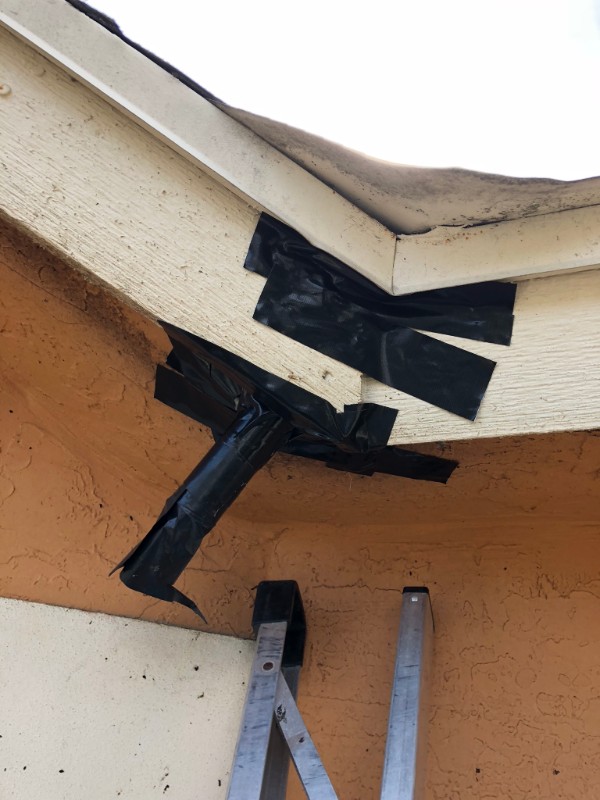
Ok so Next Step: Removal of the Bat: Valves or Nets work best! Setting up Valves or Nets is the best way to remove Bats from the attic. You will also want to perform and ANIMAL EXCLUSION the same time that you are installing the bat valves. So here is the concept on how to remove bats from your attic. First you want to do the exclusion where this is when you completely close off any and all openings around the home that lead to the attic that are more than ¼”. Below I will talk about exclusion work in more detail. Once all the areas on the exterior of the home are sealed you will now need to locate the bat roost. This is the area in which the bats are located in your attic. It is generally pretty easy to locate the bat colony. You should be able to see the area in which they are using in order to gain access to the attic. To identify the bat roost look for the grease rub marks, listen for the sounds, and look for the feces on the wall and then look up. Once this is identified you will very carefully want to install the bat valve. The bat valve or the bat netting will act as a one way door when properly installed. The concept is it will allow the bats to leave the roost but not be able to gain entry back in. You must be extremely careful when installing the bat valves for several reasons. Bats are the number 1 carrier for rabies. Bats teeth are so razor sharp you cannot always tell if they bit you. If you are putting the valve up you do not want to disturb the bats, if you end up scaring the bats they may want to leave and come out. If the bats leave the roost and you are standing right by the exit point chances are they can brush up against you or even bite you. But, in either way wince their teeth are so razor sharp you will not be able to see if you have been bitten so you will be considered a rabies encounter and will need to get tested. Rabies if untreated in enough time before symptoms become know is fatal. Secondly, if you install the bat valve or the bat net incorrectly the bats will not be able to escape. If the bats cannot escape you must be concerned that the bats will then try to make another way out. If you have already done the exclusion then chances are the bats will find a vent in the attic that leads into the house. If they find this vent they will try to use it to get out of the attic. The bats do not realize that the vent leads to your home. I have seen MANY cases where homeowners do not install valves correctly and the entire colony goes into the home. This is a huge headache. The entire family has to be tested for rabies, the rabies shots are not covered by insurance, they are put on a CDC rabies list, and worse of all it is a nightmare trying to get all the bats out. So, I strongly recommend calling a professional when it comes to bat removal from the attic!
Live Bat Removal can take some time. I generally give it a total of 2 weeks for having the valve and nets up from start to finish until I know all the Bats are gone. Normally Bats travel in colonies, roosts or groups, so even if you see just one Bat I would recommend keeping the Bat Nets out there for an extended period of time. Be patient, give it time and don’t mess with the valves. Let them sit there for a few days and just let them do their magic. Next Step: I removed the Bat what do I do next?? Simple - Once it is confirmed that all the Bats are gone, trapped, and removed, the next step in How to Remove Bats is going to be an Exclusion. An exclusion is where you seal up the home from any of the openings, damage or access points that the Bat or other animals have used to gain access to your attic and home. This is more on the handyman side of things. If you are not good at handyman or construction work you may want to give us a call and we can go out there with my exclusion crew and take care of the Bat damage for you. If you want to try it, then keep reading and good luck!
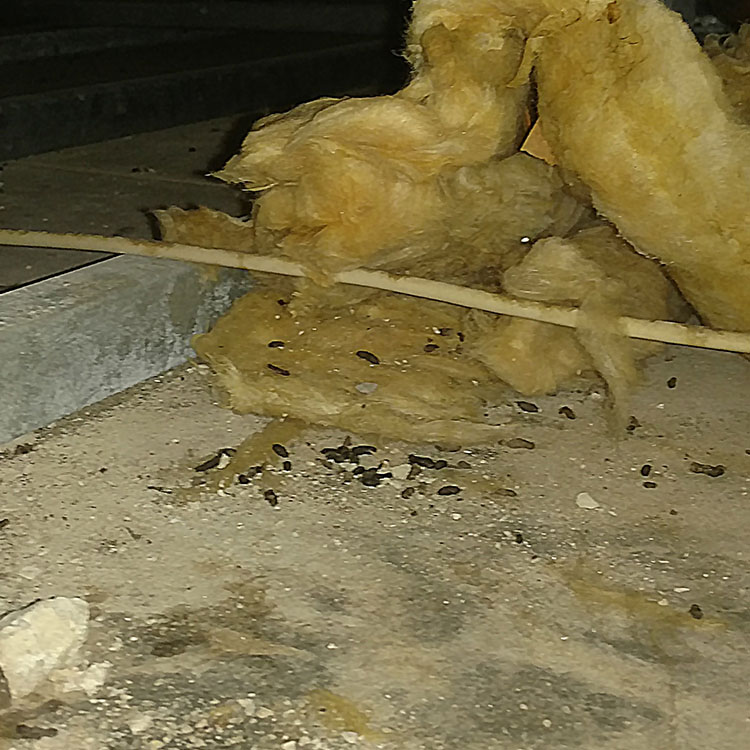
You want to use only the best materials anytime you are dealing with Bats. They are strong and fierce, and very determined. The foam that they sell at the hardware store, is 100% GARBAGE. Bats can chew or even push their way right through this, this just makes them laugh
You want to use only Steel, Metal, and Concrete products. Identify all the areas on the home that have gaps or openings. You then want to seal off these areas ensuring that future animals cannot get into the structure. Take your time and do a good job closing off your home from the Bats, take a look at the roof, walk the soffits, and really make sure you locate any spots that can be potential access points. Roof returns are common areas that Bats generally use, you will want to close these off using metal and concrete.
Final and Last Step! Clean up the mess behind No one said this was all fun and trapping games, Bat removal is hard and dirty work, but it’s got to get done. Now that you have trapped the Bat, gotten the Bats out of the attic, did the animal exclusion and repair work, you are on the final steps to completing the job. The last thing that you want to do is remove all the mess that the Bats left behind in the attic. This is honestly one of the most important parts of Bat removal and my how to guides for removing Bats and getting rid of Bats, but so many times homeowners skip this step and have more and more issues in the future.
Why: Feces and Urine are contaminates, this is all bacteria in the attic. Do you want this over your head at night when you sleep? NO, that is why it must be removed. There is duct work and airways that lead from the attic into your home. Just look up, you see those vents in your ceiling? Where do you think the ductwork and vents are? Your attic, and what if there is an opening or cut in the ducts from the Bats, well then you're breathing in all that bacteria that was left in the attic. Remember the harms from the Bat poop I was talking about before? Well that’s in your attic, you want to remove that asap. Breathing in bacteria from a Bat infestation can be fatal and causes many other severe respiratory issues. You will want to wear a full Protective suit and make sure you are fully covered and protected, you can use a shop vac with HEPA filter or use your hand and bags and start removing all the insulation that has been contaminated and also all the feces and urine areas, these are called Latrines, when Bats defecate in one single area. Once ALL the contaminates from your attic and from the Bats are removed you will want to apply a product such as DSV to all of your attic. You can use a little pump spray like this one from your local hardware store and apply all the product to the insulation and attic. Make sure you read the label and use the correct amounts. However, Professional Wildlife Removal Companies will use heavy duty equipment like an atomizer , when I am doing any type of attic sanitation. For my customers I always want to make sure that EVERY single section in the attic is fully taken care of and nothing is left behind. If you are ready this how to article and want to do this yourself just make sure you do a very good job, don’t cut any corners, and be extremely proficient to ensure the safety of your family.
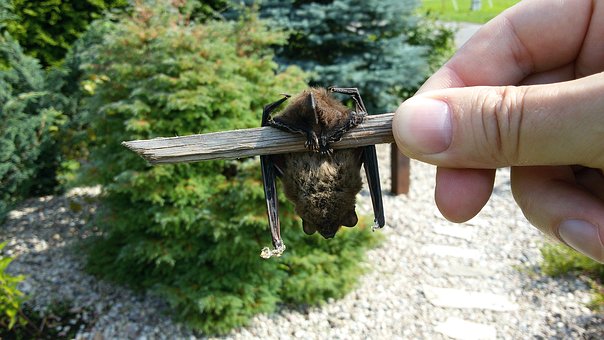
And that is my How to Guide when it comes to Bats in the attic or flying around your property and how to remove them. Like I have mentioned my name is Brendan Mangnitz I have been doing pest wildlife and Bat removal now for over 7 years. I have worked and trained 100’s of people of the past years and now I am compiling all my information into these fun how to guides. It takes time, skill, and patience but removing Bats can be very fun, dangerous, but is also something that we deal with on the daily here. Bats have learned how to thrive and do great in the urban setting. This is not something that is going away. With more and more houses coming up every day, more land being constructed and developed we will always have issues with Bats in the attic. Just read and learn how to protect yourself, your family and your home and you should be good to go. If you have any questions you can email directly at brendan@CenturianWildlife.com or give me a call at 844-247-9453 any time of the day or night THANK YOU!
